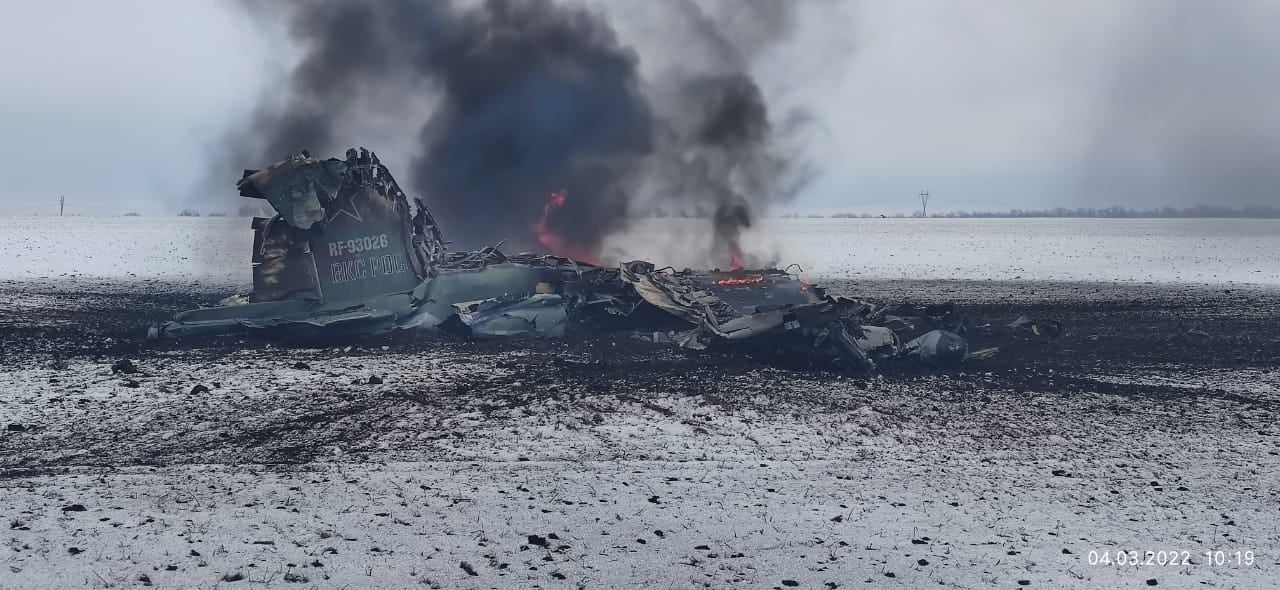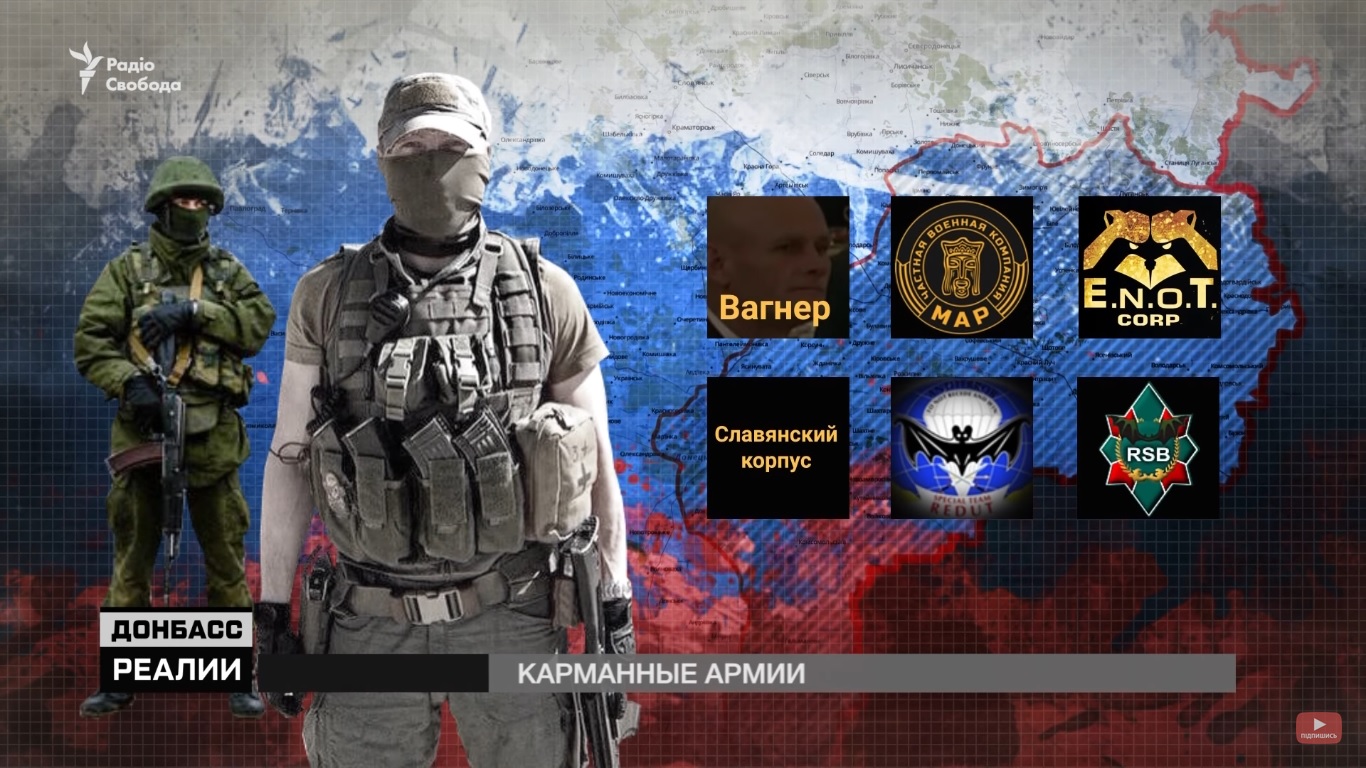The Russian invasion of Ukraine began with a large salvo of cruise and ballistic missiles trying to destroy the Ukrainian early warning radars throughout the country. Some of the strikes also targeted some of Ukraine’s long-range surface-to-air missile (SAM) batteries. On completion of the initial strikes, we expected Russia to launch an air campaign in order to destroy the Ukrainian Armed Forces.
Without an effective air defense, the Ukrainian land forces would be vulnerable to a large-scale strike operation from the around 300 Russian combat aircraft stationed within striking distance of Ukraine.
After 17 days of war, this has not yet happened.
Experts have tried to explain why the Russian Air Force has not been properly employed. According to RUSI,
“an initial analysis of the possible reasons for this identified potential Russian difficulties with deconfliction between ground-based surface-to-air missile (SAM) batteries, a lack of precision-guided munitions and limited numbers of pilots with the requisite expertise to conduct precise strikes in support of initial ground operations due to low average VKS flying hours.”
Until now, limited use of the Russian Air Force might also be a consequence of more structural problems. In a later analysis, RUSI argues that
“while the early VKS failure to establish air superiority could be explained by lack of early warning, coordination capacity and sufficient planning time, the continued pattern of activity suggests a more significant conclusion: that the VKS lacks the institutional capacity to plan, brief and fly complex air operations at scale.”
Justin Bronk, Research Fellow for Airpower at RUSI, argues that the Russian Air Force:
- only operated aircraft in small formations during its operations in Syria. Single aircraft, pairs or occasionally four-ships have been the norm.
“This means that its operational commanders have very little practical experience of how to plan, brief and coordinate complex air operations involving tens or hundreds of assets in a high-threat air environment.”
- most pilots get around half of the flying time per year flown most NATO air forces gets.
“They also lack comparable modern simulator facilities to train and practise advanced tactics in complex environments.”
- if it was “capable of conducting complex air operations, it should have been comparatively simple for them to have achieved air superiority over Ukraine.”
For Ukraine, this is both good and bad news.
The good news is that, according to RUSI, is that Russian combat aircraft have conducted only limited sorties in Ukrainian airspace, in singles or pairs, always at low altitudes and mostly at night to minimize losses from Ukrainian man-portable air defence systems (MANPADS) and ground fire.
It has also allowed the Ukrainian Air Force to continue flying low-level defensive counter-air (DCA) and ground-attack sorties.
“The lack of Russian fixed-wing fighter and strike aircraft sorties has also allowed Ukrainian SAM operators and troops with MANPADS such as the US-made Stinger missile to engage Russian helicopter gunships and transports with significantly less risk of immediate retaliation. This, in turn, has contributed to the significant lack of success and heavy losses suffered during Russian air assault operations.”
Furthermore, the almost total lack of Russian offensive counter-air (OCA) sweeps has been coupled with very poor coordination between Russian ground forces’ movements and their own medium- and short-range air defence systems. Multiple Russian columns have been sent forward beyond the reach of their own air defence cover, and in others cases accompanying SAM batteries have been caught inactive in military traffic jams without making any apparent effort to provide situational awareness and defence against Ukrainian air assets. This has allowed the surviving Ukrainian Bayraktar TB-2 armed UAVs to operate with considerable effectiveness in some areas, inflicting significant losses on Russian vehicle columns.”
The bad news is that since the Russian air-delivered Precision Guided Missiles (PGM) stockpile might be very limited after years of operations in Syria, the bulk of their weapons may consist of unguided bombs and rockets, opening for indiscriminating attacks on civilians.
RUSI argues that the indiscriminate form of air attack had been the standard for the Russian Air Force operating over Aleppo and Homs in Syria.
After more than two weeks of war, we have already seen multiple reports of attacks against residential areas, schools, hospitals, and more. According to the mayor of Kharkiv, Russian forces have destroyed 400 high-rise buildings since February 24. Ukraine’s healthcare minister, Viktor Liashko, reports that they have attacked 63 Ukrainian hospitals across Ukraine.
Ukraine will be left with MANPADS against high-flying Russian combat aircraft. While it might deter helicopter operations, it will not stop it from escalating its indiscriminate bombing of Ukrainian cities.
By inducing even more suffering on Ukrainians, Putin will effectively increase the pressure on the Ukrainian government. A wider air campaign will also help increase the outflow of Ukrainian refugees as a means to continue destabilizing Europe. Additionally, its actions in clear violations of humanitarian laws will help demonstrate the “impotence of the West.”
When NATO decides to act or not, the decision will always be presented as a unanimous decision. The reality is that a decision to act requires the consent of all 30 NATO members, whereas the decision not to act only requires the veto of one.
Many have argued that the UN has lost its relevance because of the ability of some nations to veto security council resolutions. We have seen regular calls for reform of the organization. It might be time to review the relevance of NATO as well.
[bctt tweet=”Many have argued that UN lost its relevance because of the ability of some nations to veto security council resolutions. We have seen regular calls for reform of the organization. It might be time to review relevance of NATO as well..” username=”EuromaidanPress”]I firmly believe that Russia inevitably will trigger the Alliance to act more resolutely. When it finally does, Russia will once again be taken by surprise because of the lack of clear statements on NATO’s red lines.
Related:
- NATO, you are already part of the conflict. Enforce a no-fly zone in Ukraine, now
- No-fly zones and other ways the international community can help Ukraine
- “Threat of democracy.” The real security concerns behind Russia’s lies about NATO
- NATO’s defining moment is now or never








